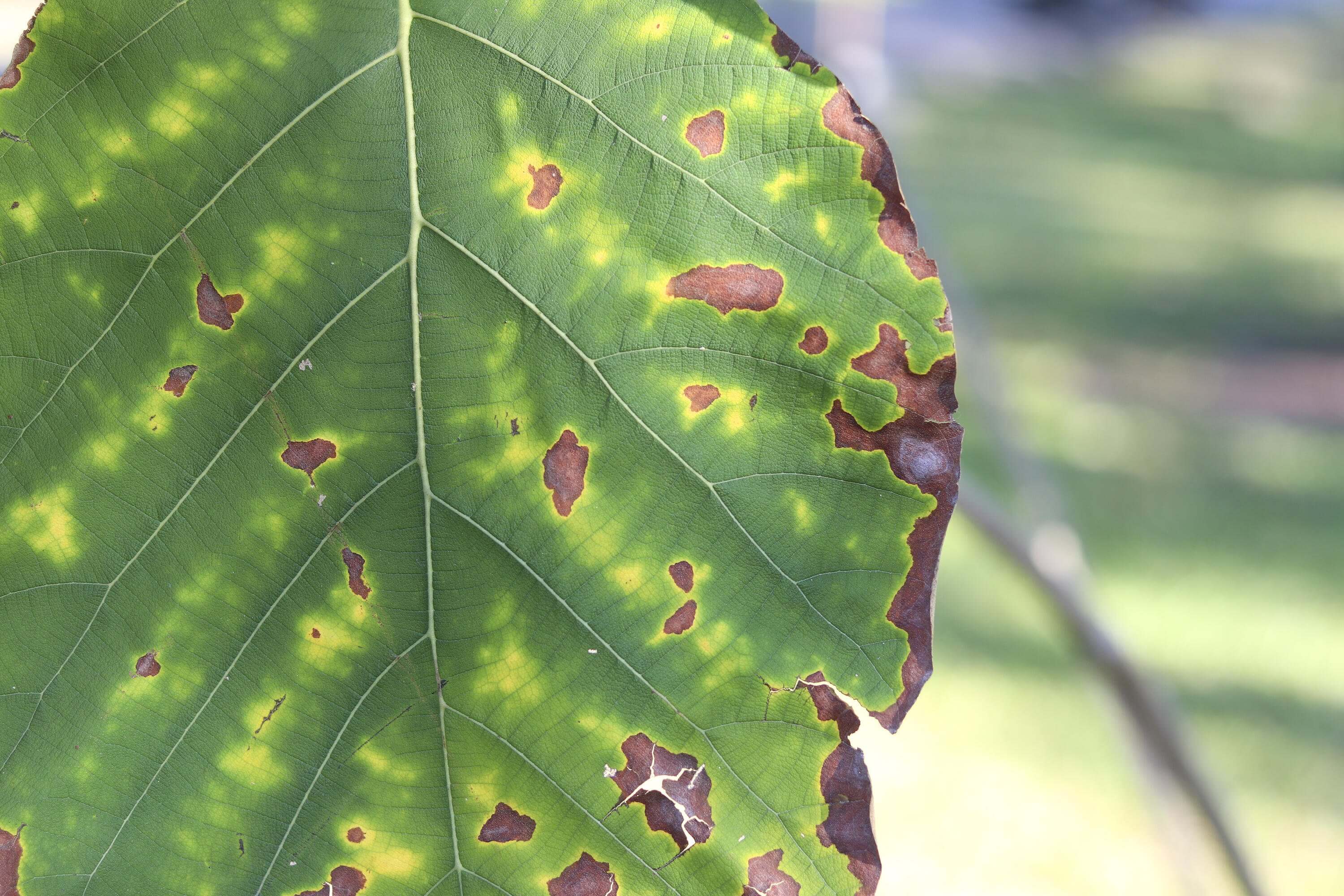It can be concerning if your plants are not thriving or surviving as well as they should be. There could be a number of potential contributors leading to poor plant health such as incorrect pH, pests and diseases. Ruling those factors out, there could be a chance that they are experiencing a nutrient deficiency or nutrient imbalance.
All plants need nutrients, and Potassium (K) is one of the essential macronutrients that is required in relatively large quantities for plant growth and development. Without enough of it, the plant will generally perform poorly. It’s not always easy to identify a potassium deficiency as the visual symptoms are very similar to other nutrient deficiencies and a number of other causes of poor plant health.
Why potassium is important for plant health
Potassium is essential in nearly all functions required for plant growth and reproduction. It assists with the movement of water, nutrients and carbohydrates within the plant tissue making it fundamental to the overall strength and quality of your plant.
Potassium also regulates the opening and closing of the stomata (the pores on the leaves allowing for gas and water vapour exchange). The list continues on what this important nutrient can do for your plants.
Potassium helps:
- Plants grow faster and stronger
- Photosynthesis
- Regulate and improve water uptake
- Build drought resistance
- Fight off diseases
- Resist pests
- Promote fruiting and flowering
The causes of a potassium deficiency
Potassium deficiencies are most commonly caused by the soil composition that your plants are growing in. This especially applies with plants in light sandy soils where water can move more quickly, making valuable nutrients such as potassium leach out or wash away. A potassium deficiency could also be caused by incorrect pH levels making nutrients unavailable for uptake by your plants.
Other causes for potassium deficiency include:
- Excess of salt, calcium or magnesium, preventing potassium intake
- Soil temperature - root zone temperature will affect the rate at which your plants are able to absorb nutrients
How to identify potassium deficiency in plants
We understand potassium is important to your overall plant health, but how do we recognise the symptoms of a potassium deficiency?

Common symptoms of a potassium deficiency are:
- Brown edges, almost burnt-like
- Chlorosis (yellowing of leaf tissue) between leaf veins
- Purple spots on the leaf underside
If left untreated, it can cause:
- Leaf necrosis (dead plant tissue)
- Slow plant growth
- Greater susceptibility to diseases
- Poor crop yield
- Generally unhealthy looking plants with reduced flowering
How to treat a potassium deficiency
The ideal approach towards a potassium deficiency or any nutrient deficiency for that matter, is to avoid them in the first place by ensuring you have provided your plants with sufficient nutrients and making them available for efficient uptake.
Establishing good monitoring habits and adjusting the fundamental parameters of plant health gives your plants a solid basis for nutrient deficiency prevention.
The fundamental parameters of plant health are:
pH (potential Hydrogen)
- Each nutrient will have a preferred pH range for availability
- pH levels can be easily measured using a pH pen or pH meter
EC (Electrical Conductivity)
- Measuring the conductivity will give you an idea of how much nutrients are available
- If the EC is too low, this means your plants won’t be getting enough food. If the EC is too high, this could cause nutrient toxicities
- EC can be measured with a handheld conductivity pen or with the Bluelab Truncheon
Temperature (temperature of the plants’ root zone)
- Regulating root zone temperature can allow the grower to optimise water and nutrient uptake. This can be monitored with a soil pH pen
- Aim to have your nutrient solution or irrigation water temperature within 18–22°C to ensure optimal nutrient and water uptake
If you are finding you are dealing with a potassium deficiency, you can treat it by applying potassium-rich additives such as a potassium fertiliser called potash, tomato feed, seaweed, wood ash or even compost made from food byproducts, especially if it contains banana peels which are high in potassium.
Further resources
To further build on your understanding of nutrients and their role in plant health, here are some useful growing resources to help you along the way:
pH, EC and temperature ─ Measuring and adjusting your fundamental parameters
What you should do before diagnosing and treating a nutrient deficiency
A guide to potash - Gardener's World
Featured products:
Bluelab pH Pen
Bluelab Multimedia pH Meter
Bluelab Conductivity Pen
Bluelab Truncheon Nutrient Meter
Bluelab Soil pH Pen



%20(1).png?height=100&name=Blog%20Author%20Bio%20Image%20500x500%20(2)%20(1).png)


Submit a comment